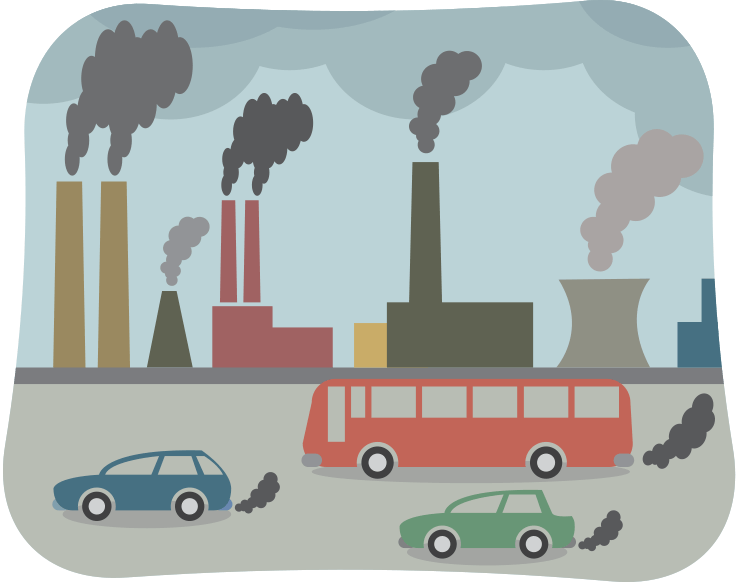
13 Jan How does Australia’s air quality compare globally?
Australia ranks as the ninth cleanest country globally in terms of air quality, according to a new international report. Among Australian cities, Canberra stood out as the top regional city for air quality. The report also highlighted a list of the least polluted countries, with Guam at the top, followed by French Polynesia, the US Virgin Islands, Bermuda, Bonaire, Saint Eustatius and Saba, Iceland, New Caledonia, Grenada, and Puerto Rico in tenth place after Australia.
The World Air Quality Report, which analysed global air quality for 2023, identified countries meeting the World Health Organization’s (WHO) guideline for annual PM2.5 concentrations of 5μg/m³. It also compiled a list of the countries with the worst PM2.5 concentrations, with Chad at the top, followed by Iraq, Pakistan, Bahrain, Bangladesh, Burkina Faso, Kuwait, India, Egypt, and Tajikistan.
The report also highlighted the most polluted towns in Australia, including Rocklea (10.5μg/m³), Stockton (9.5μg/m³), Collie (8.8μg/m³), Armidale and Muswellbrook (both 8.3μg/m³), and Singleton (7.9μg/m³). On the other hand, the least polluted towns were Underwood (1.7μg/m³), Broken Hill (1.8μg/m³), and several others with PM2.5 levels below 2.5μg/m³.
Air pollution, responsible for an estimated one in nine deaths worldwide, remains a major environmental health threat. According to the WHO, air pollution leads to approximately seven million premature deaths each year and worsens various health conditions, including asthma, cancer, stroke, and lung disease. It also affects cognitive development in children, mental health, and can complicate conditions like diabetes.
The report’s data, collected from over 30,000 global air quality monitoring stations, used PM2.5 concentrations as the primary indicator for air quality. PM2.5 refers to fine particulate matter up to 2.5 microns in diameter, a key pollutant due to its widespread presence and harmful effects on human health. These particles come from both human activities (such as combustion engines, industrial processes, and agriculture) and natural sources (like dust storms and wildfires).
The Oceania region, which includes Australia, French Polynesia, Guam, New Caledonia, and New Zealand, remains the cleanest in terms of air quality globally. Despite slight increases in PM2.5 concentrations compared to 2022, all countries in the region still met the WHO guidelines. However, the report noted that air pollution in some cities continues to exceed these guidelines, indicating a need for further improvements in air quality.
For more detailed rankings and historical data, the IQAir website provides interactive global rankings of the most polluted cities and their average PM2.5 concentrations.
Source:
Allergy and Respiratory Republic:
www.puffnstuff.com.au/australia-in-world-top-10-for-cleanest-air/79825

